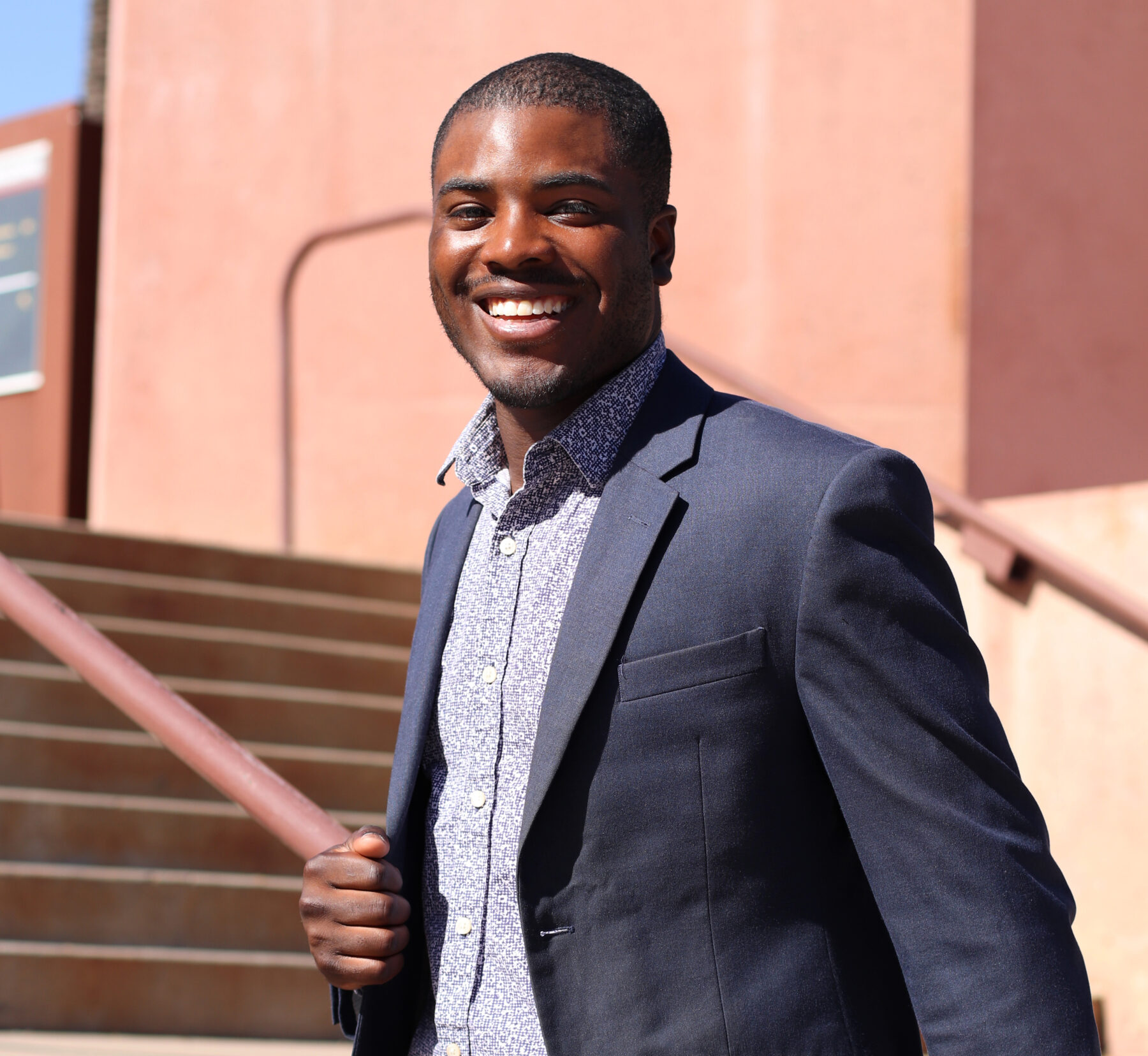Presenters at Intersections symposium talk participatory design

Climate change continues to threaten communities worldwide. Issues of racial and economic equity are causing many to re-evaluate practices that have been customary for centuries. And Boston has its first elected female mayor of color. At this crucial moment, the BSA is hosting "Intersections: Equity, Environment + The City" in conjunction with BSA Women in Design and BosNOMA.
Set to wrap up on Friday, November 12, the multi-day symposium is centered on intersectional and participatory design processes in Boston and features 11 sessions on community-based design.
"Women in Design joined forces with BosNOMA, and through that collaboration, we decided on a theme of Intersections for our discussion this year," said Mary McCarthy AIA, co-chair of the Women in Design ABX committee. "We did outreach and spoke with many other knowledge communities and BSA members, which has brought us this week packed with activities. We sent out a call for proposals and were blown away by the submissions. In particular, we are pleased with the wide range of presenter roles and lived experiences that really drive home the Intersections theme."
Ahead of the first session occurring on Monday, the BSA teamed up with the BSLA's Inside/Out program last weekend for an in-person tour at the Charles River Waterfront and Moakley Park. Participants explored the modified at-grade option for the Allston I-90 Multi-Modal Project at the waterfront and learned about the Moakley Park Vision Plan.
The tour group at Moakley Park on November 6.
The symposium kicked off with a virtual award ceremony honoring this
year's Women in Design award recipients, selected by the WiD Award Committee as representing designers who are "ethical, confident, and exemplify exceptional excellence." A keynote speech in the
evening that featured Keller Easterling, Kenneth Bailey, and Billy Fleming introduced participants to the idea of the "pluriverse," "a world in which diverse hopes can be sown, multiple opportunities can be cultivated, and a plurality of meaningful lives can be achieved by the richly different and caring people we are."
At Thursday's Design for Advocacy session, speakers Anne-Marie Lubenau FAIA, David Gamble AIA, and Ted Landsmark agreed that architects should "leverage their problem solving capacity" and support stakeholders and community members in the process of building for a better future. They posed a question to the audience: "Who do architects really work for?"
Similarly, at her session titled "Cultural Emergency Response," artist Erin Genia asked the audience, "How do we think about the cultural tenets that cause harm?" and linked the Dakota principle of responsibility to the role of architects in creating cultural artifacts with lasting impacts on the built environment.
At Light Privilege, speakers from Bartholomew Lighting and Chromatic discussed the ways that even the availability of lighting can be inequitable. Chromatic's Lauren Dandridge contended "Why should my income dictate whether or not, when I walk outside, I can see the stars or the Milky Way?"
It's a fitting final question that gives food for thought to everyone who interacts with the built environment and underlines an important tenet: income, race, or ethnicity shouldn't determine the access that anyone does or doesn't have to healthy spaces, whether outdoors or indoors. As a forum bringing together over 200 diverse presenters, designers, and community members dedicating to addressing this principle through thoughtful design, Intersections has been a way to reconvene the BSA community and inspire
future BSA programming that will encourage building a better and more equitable Boston.
It's not too late to attend an Intersections session. Join us virtually at noon on Friday, November 12 for Equity and Social Justice in Design and Planning of Public Infrastructure and earn 1.5 LU HSW AIA credits.

